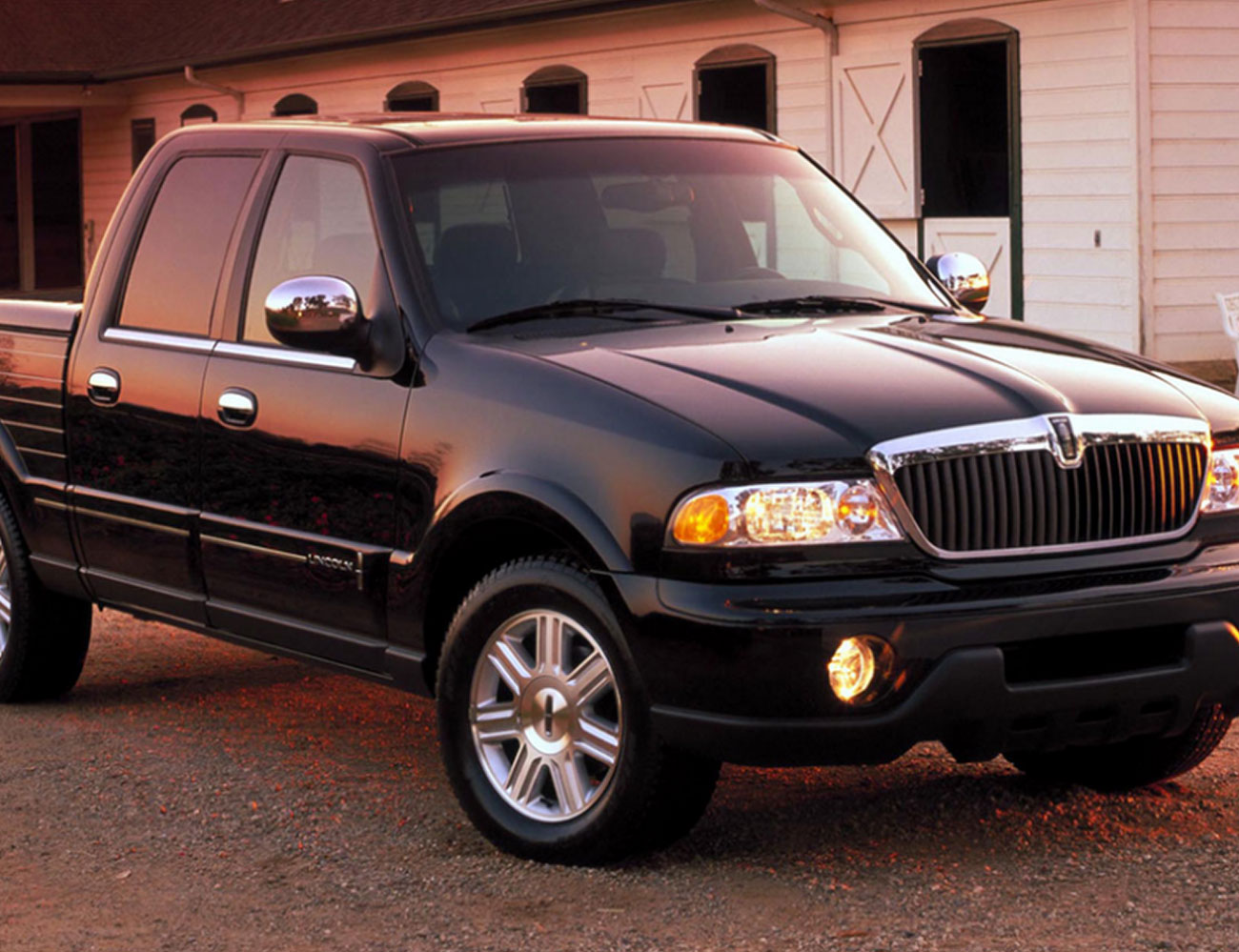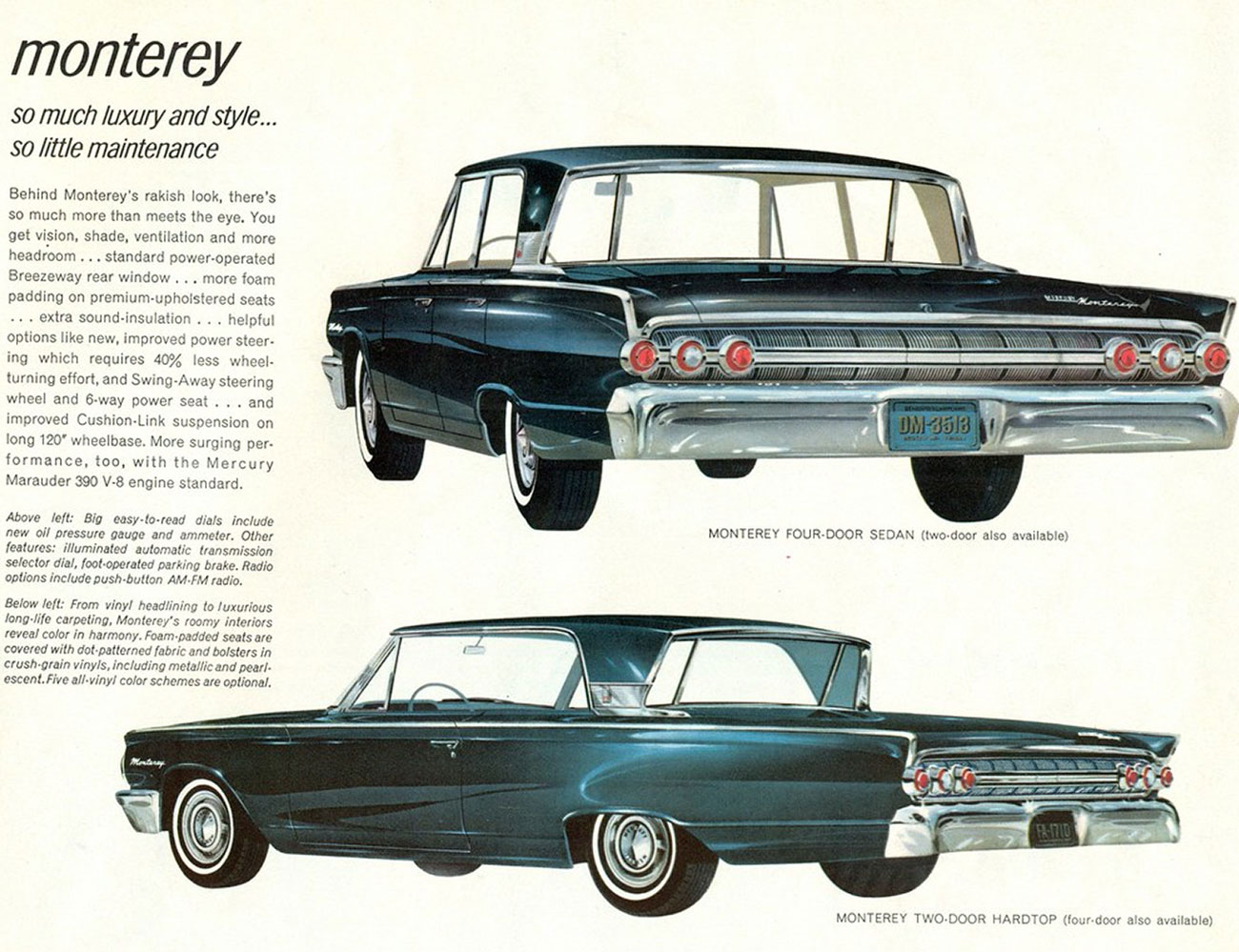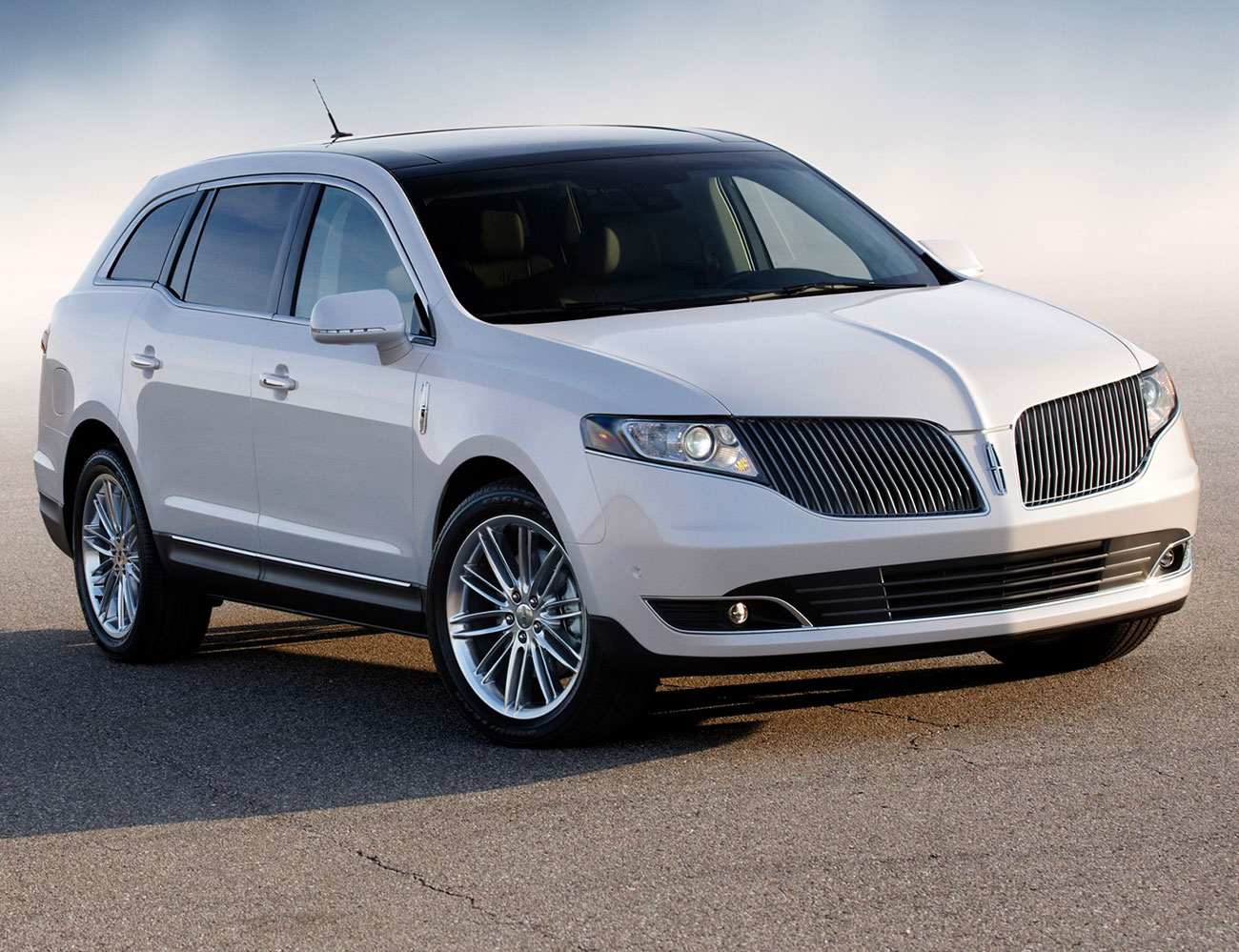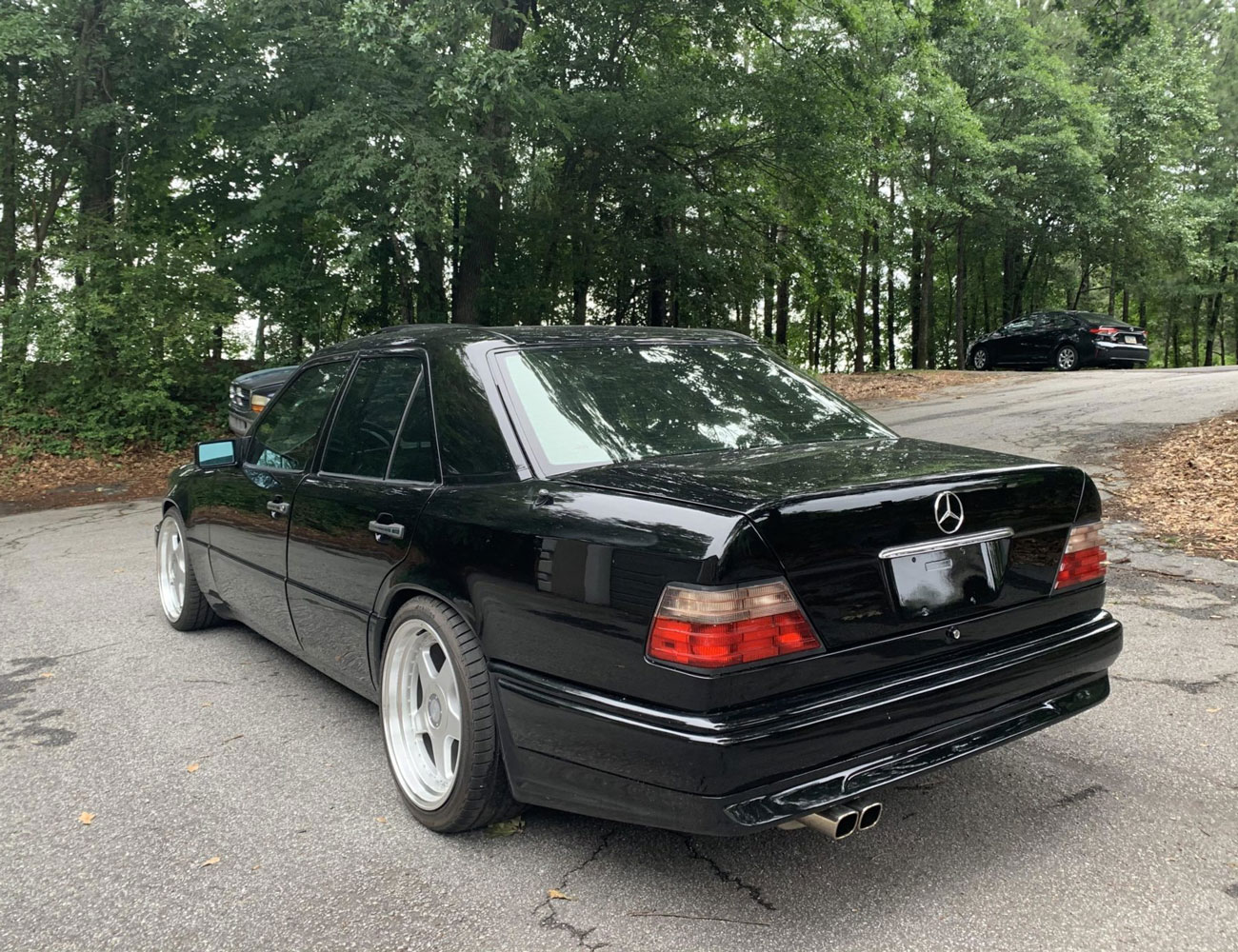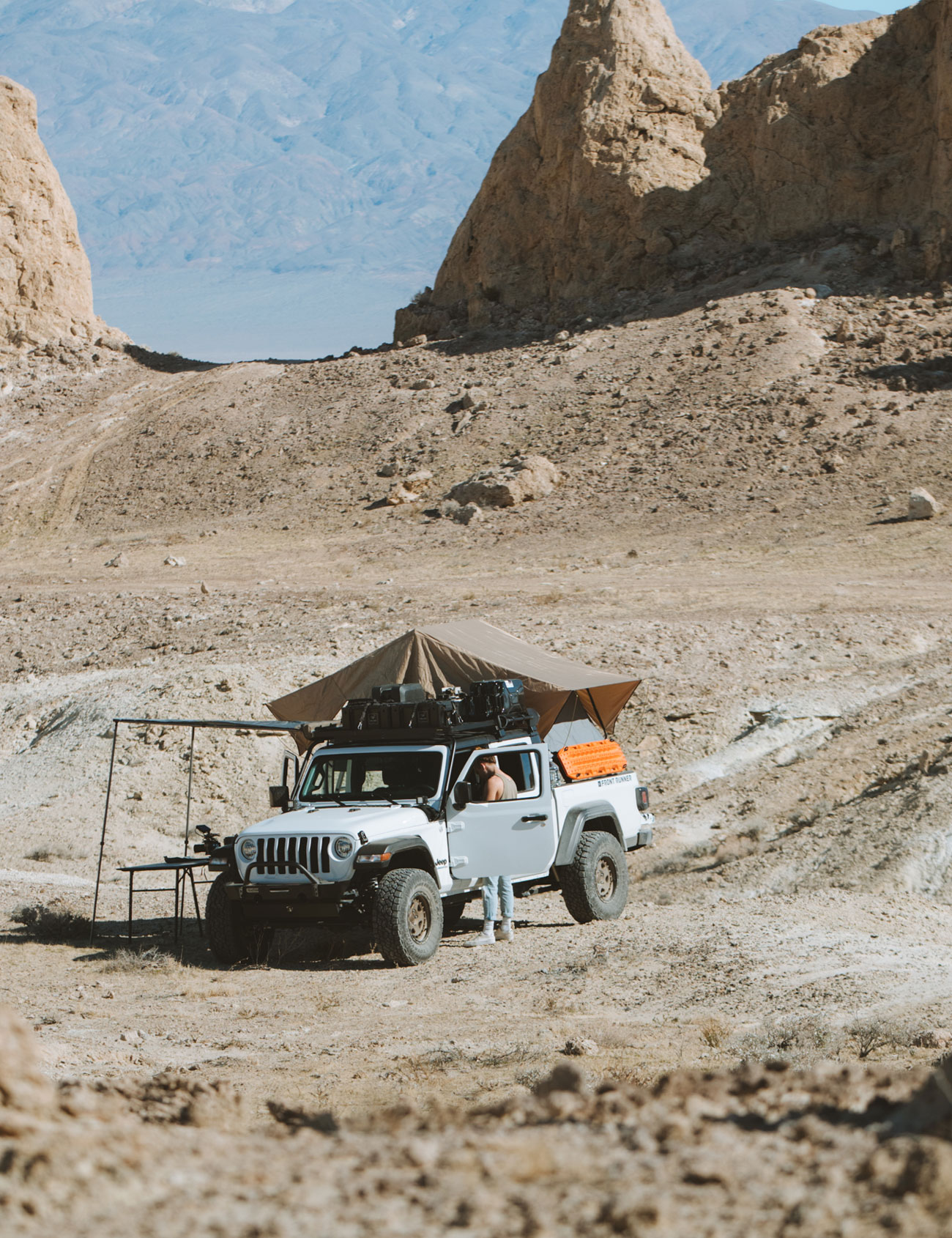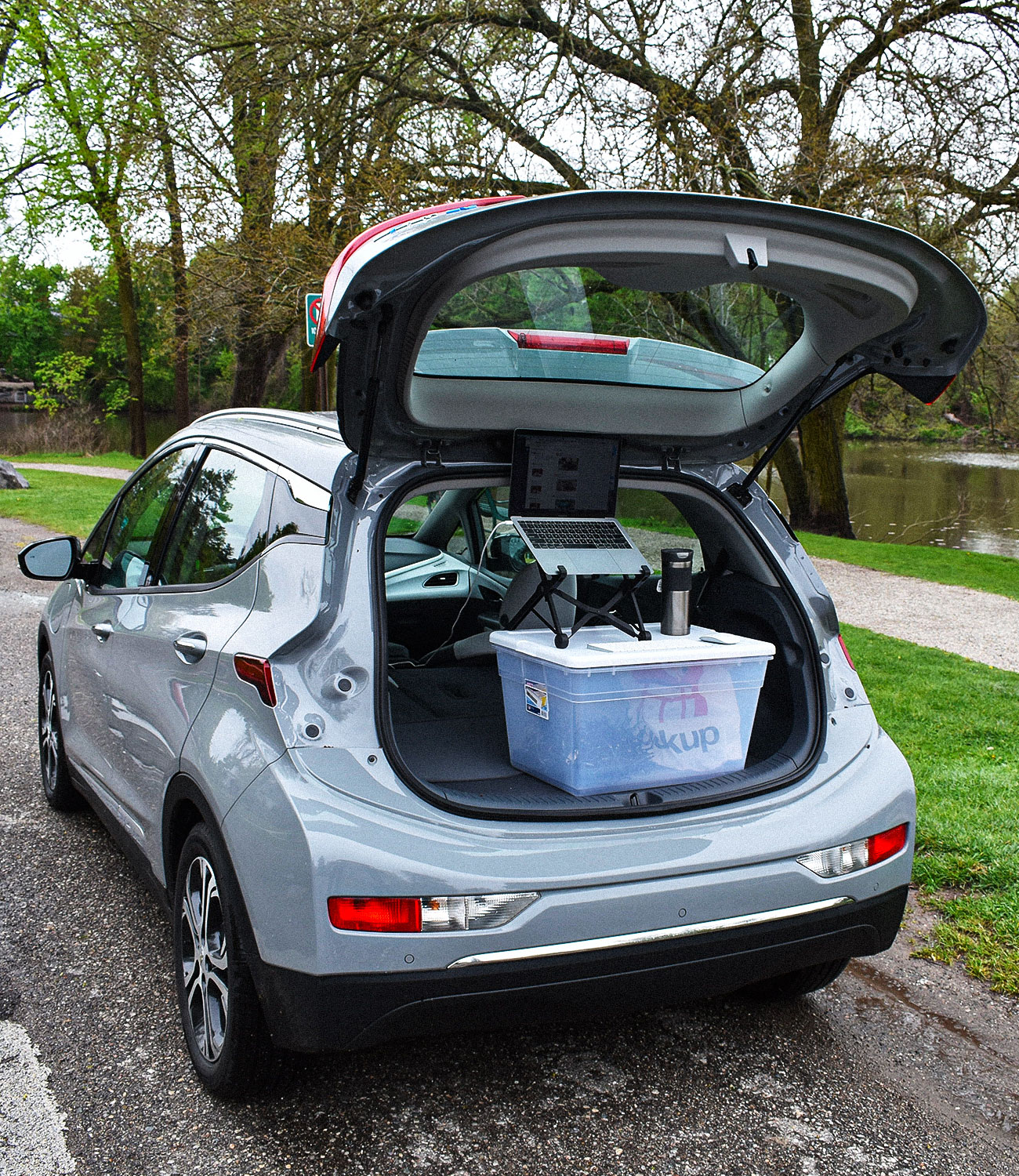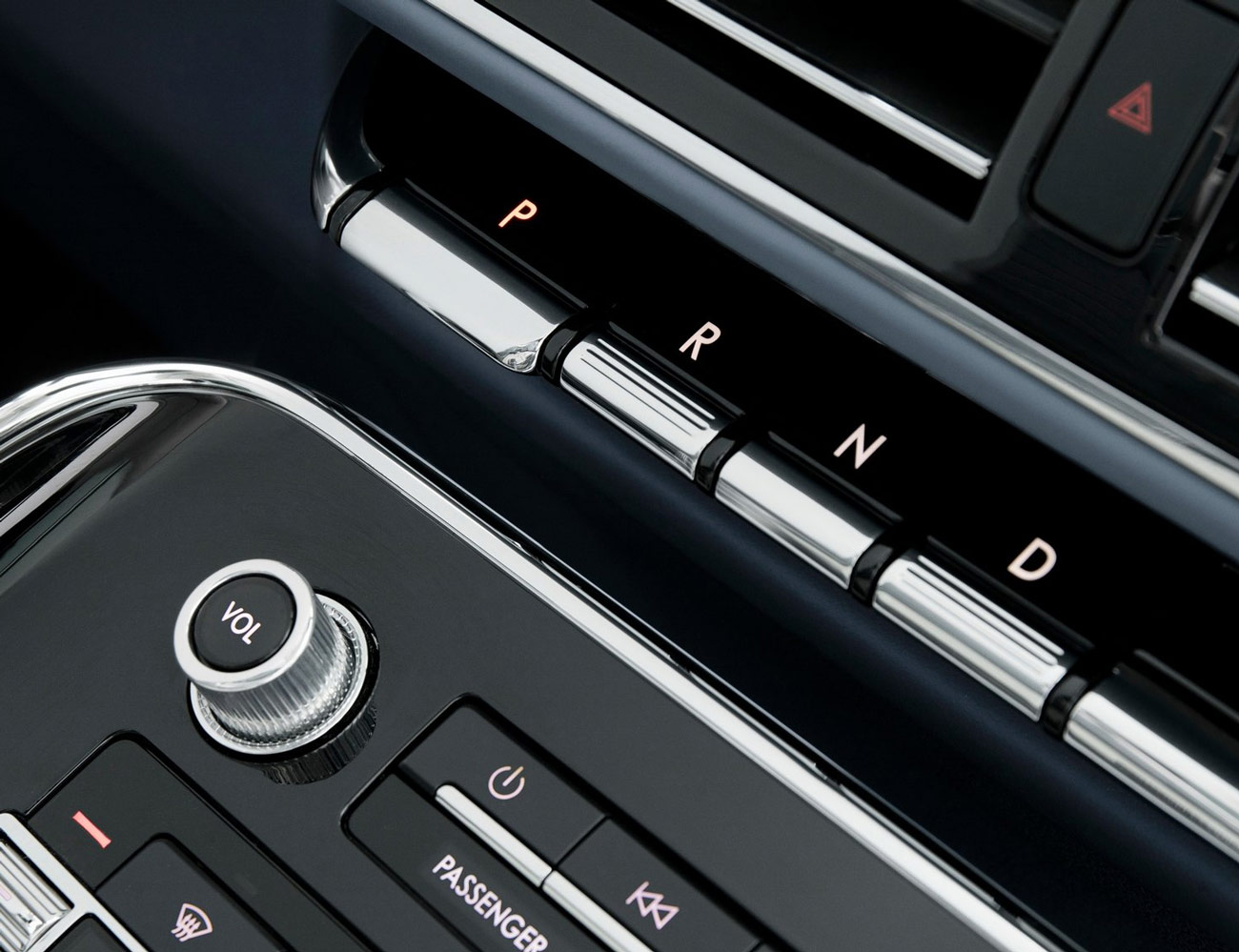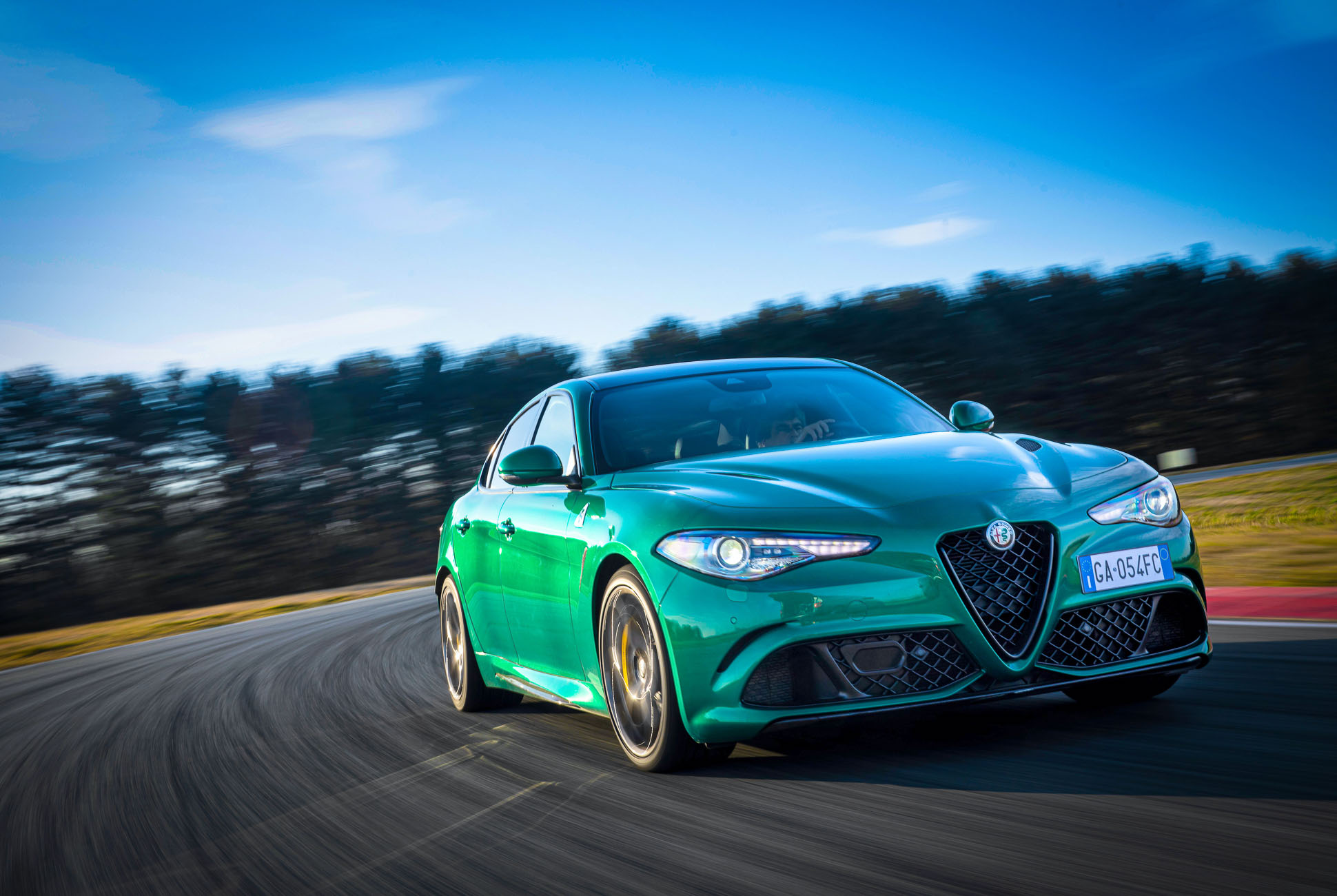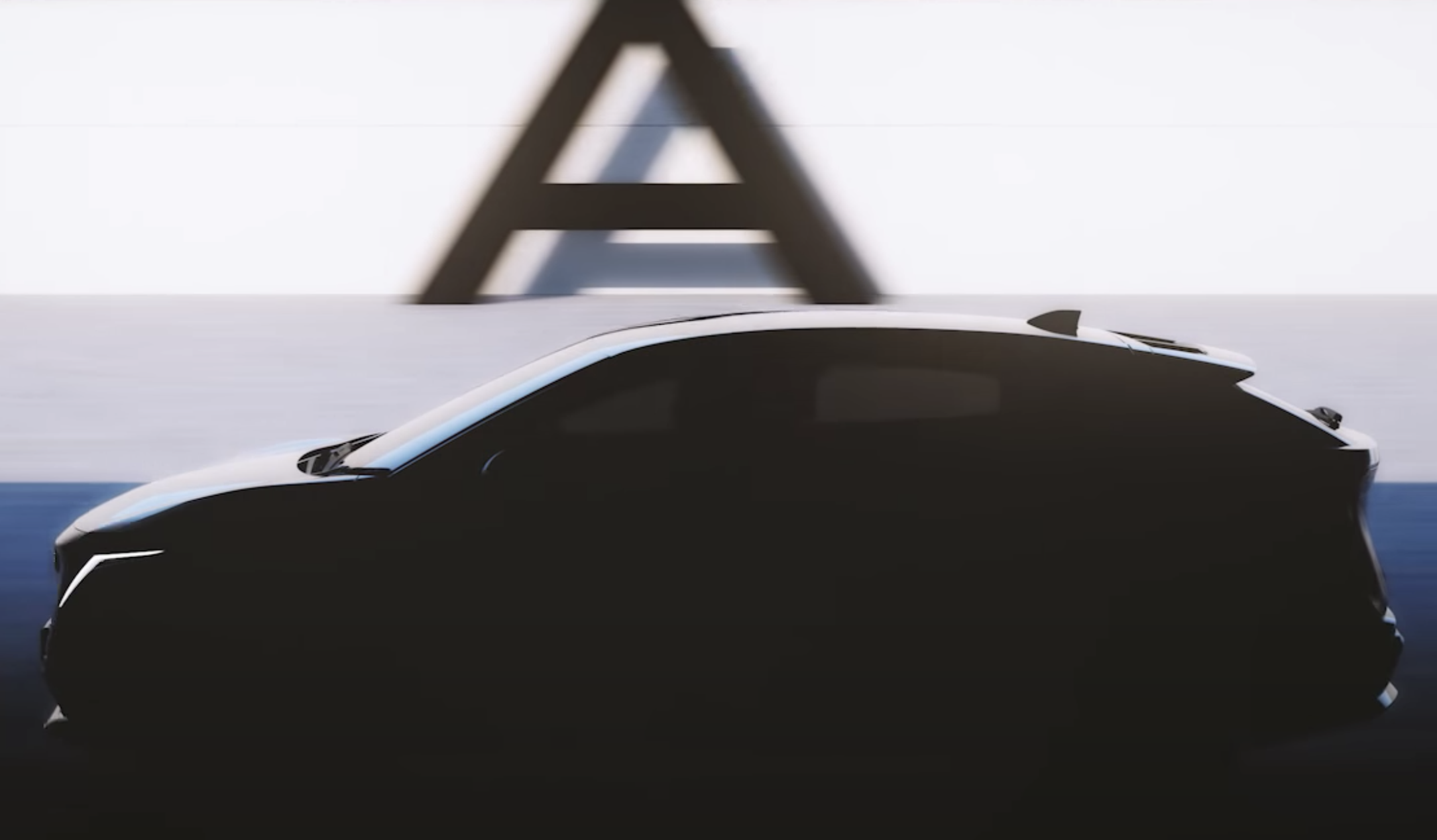Mercedes-Benz set the bar high for the new GLS-Class when it debuted it at the 2019 New York Auto Show. The first- and second-generation versions were impressive full-sized SUVs in their own right, but the new GLS would endeavor to live up to the lofty expectations of other Mercs with an “S” in their name. That meant S-Class-worthy interior furnishings and technology, outfitted into a three-row family SUV meant for transporting messy children, muddy puppies, dirt-caked camping gear, and all sorts of other real-world concerns that don’t fit neatly with the idea of elegant, chauffeur-worthy transportation.
But people want SUVs and trucks these days far more than they want sedans, for reasons both practical and not. And they’re willing to spend big on them in ways that would have seemed absurd to Mercedes-Benz product planners when they unveiled the M-Class back in 1997. Hence, we have the latest GLS: a seven-seat vehicle roughly the size of a Toyota Sequoia that seeks to be both off-road-ready SUV and chauffeur-worthy luxury car.
The Mercedes-Benz GLS-Class is bigger than you realize at first
Bereft of context, the GLS doesn’t look all that large. It’s well-proportioned, seemingly not much larger than the GLE-Class that lies below it in the SUV hierarchy. Then you start to notice how small minivans and five-seat crossovers look next to it. Or how you’re almost eye-to-eye with F-150 drivers. Or how there’s enough space inside for seven adults to fit pretty darn well. Those proportionate wheels? Yeah, they look normal because they’re 23 inches in diameter.
![]()
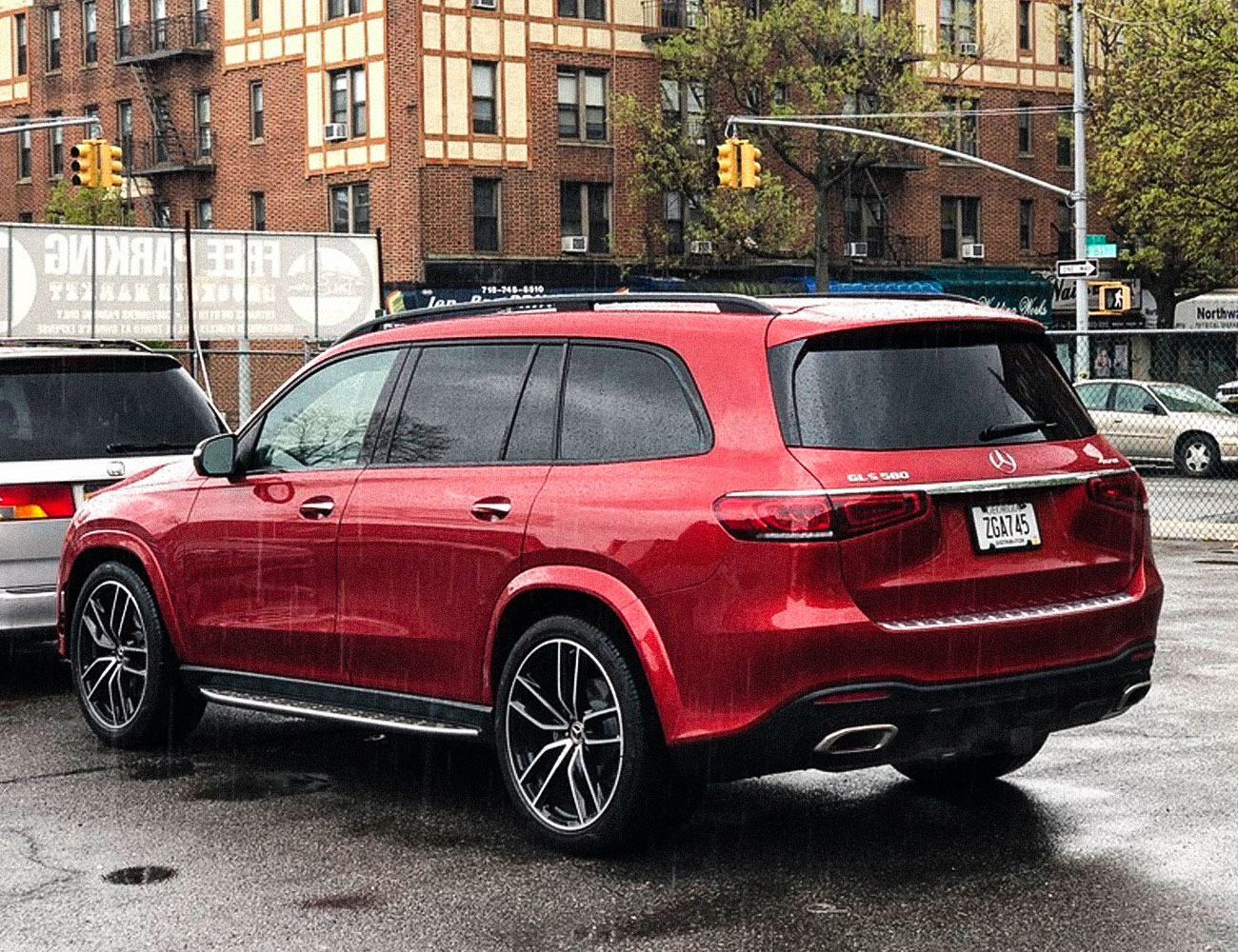
Still, it’s a good-looking ride overall. The rear looks a little busy, and the front end stops short of being downright handsome, but it’s appealing enough for a big SUV — not resorting to trading on scale for impact the way some such vehicles, like the Lincoln Navigator and Cadillac Escalade, do. (Besides, that three-pointed star on the grille is where many gazes will stop, anyway.)
To Mercedes-Benz’s credit, it certainly doesn’t drive like you’d expect a Tahoe-sized SUV to move. In fact, it drives with the stability and aplomb of a Mercedes sedan, with carlike handling that belies its size. Even on winding parkways traveling with traffic going 20-plus mph above the speed limit, it feels stapled to the ground.
No doubt aiding in that matter: the E-Active Body Control Package, a $6,500 option that controls the active air suspension’s dampers independently to preemptively cancel out bumps, thanks to cameras that scan the road ahead. There’s a drive mode called Curve that actively leans into turns like a motorcyclist, albeit by up to just 3 degrees. You can even raise and lower the wheels independently when off-roading. But the real reason to splurge for the system is a little function called Free Driving Assist, which bounces the GLS up and down like it’s on pogo sticks. It’s ostensibly to help free the car from deep snow or sand, but it’s worth the money just to watch adults turn into giddy kids at the sight of a giant Mercedes bouncing with apparent glee at a stoplight.
Likewise, the 4.0-liter twin-turbo unit with mild hybrid assistance may not be an AMG unit (though it is derived from one), but you won’t mind, given the smooth rush of power it delivers all the way from just off idle to near the redline. The lesser six-cylinder GLS 450 is down 121 horsepower and 147 lb-ft of torque, yet it still leaps from 0-60 mph in five and a half seconds; the GLS 580 feels every bit able to hop from naught to 60 in less than five seconds and keep on roaring right up to the 130-mph limiter.
It’s not quite an S-Class inside, but it’s damn close
The GLS may not have quite the levels of opulence that you’d find at the tip-top of the Mercedes lineup; there’s the occasional bit of trim that’s not as elegant, and comfortable as the seats are, they can’t compare to the thrones of an S-Class. But given that this is made for real-world demands in a way the S really isn’t (how many people are loading camping gear and Costco boxes into an S65?), it’s a level of luxury that few SUVs can match.

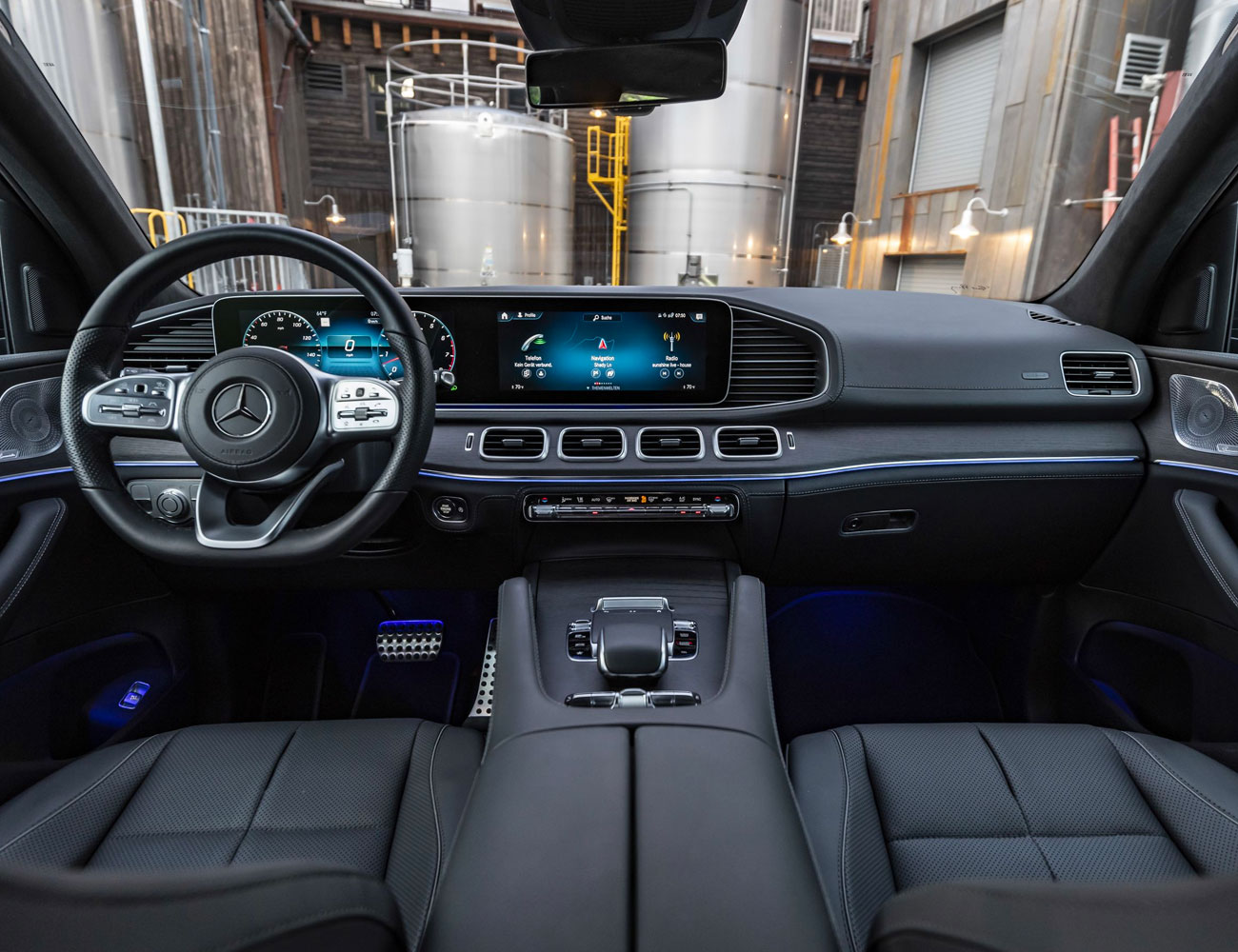
Especially if you go a little crazy with the options list and check the boxes for items like the Nappa leather interior ($1,350) and natural grain wood trim ($160), the Warmpth and Comfort Package that adds heated armrests and door panels to the heated, ventilated and massaging front seats ($870), or the Executive Rear Seat Package Plus that nearly turns the second row into a corner office by adding heated/ventilated/massaging seats, dual USB charge ports, a 7.0-inch tablet computer to control many of the car’s systems, and something called “luxury headrests.” So equipped, even the folks temporarily moving from the back seat of their company-car S 560 into the second row of the GLS might be impressed.
They won’t complain about the space back there, either. Even with the front seat equipped to handle my six-foot-four frame in my preferred laid-back driving position, I was able to comfortably sit in the second row captain’s chairs. I didn’t have a chance to try the third row, but if you’re looking to regularly transport any six-foot-plus adults in Row 3 of your Mercedes, I suggest skipping anything in the SUV lineup and moving right up to a Metris.
The GLS580 may be the perfect everyday transportation
So what does all that add up to? Well, assuming you’re not stuck dealing with compact-only parking spots on a regular basis, you’re left with one of the best all-around vehicles you can grab. Granted, it’s no One Car to Rule Them All if you love to drive, but it handles just about any task a reasonable person would ask with style and excellence. Once you learn to live without saying “Mercedes” aloud too often to inadvertently trip the MBUX system’s Siri-like voice-activated virtual assistant, there’s nothing to annoy — just features to impress and delight, and ones that fade into the background.
![]()

Granted, my tester ran north of $130,000 with all those add-ons, making it everyday transport for a fairly select group of people. Still, if you can live with a little less but still want most of the good stuff mentioned above, you can score a GLS 450 with most of the aforementioned options for (just) less than $100,000 — and if you don’t need quite as much room, a similarly-equipped GLE 450 can be yours for less than $90K.
That said, one word of advice: the GLS has between nine and 11 USB ports, but they’re all USB-C. Make sure you stock up on Lightning-to-USB-C cords on Amazon.
Price as Tested: $131,800
Drivetrain: 4.0-liter twin-turbocharged V8, nine-speed-automatic, all-wheel-drive
Power: 483 hp, 516 lb-ft
Fuel Economy: 16 mpg city, 21 mpg highway
Seats: Seven
Mercedes-Benz provided this product for review.
Will Sabel Courtney is Gear Patrol’s Motoring Editor, formerly of The Drive and RIDES Magazine. You can often find him test-driving new cars in New York City, cursing the slow-moving traffic surrounding him.
More by Will Sabel Courtney | Follow on Instagram · Twitter · Contact via Email





